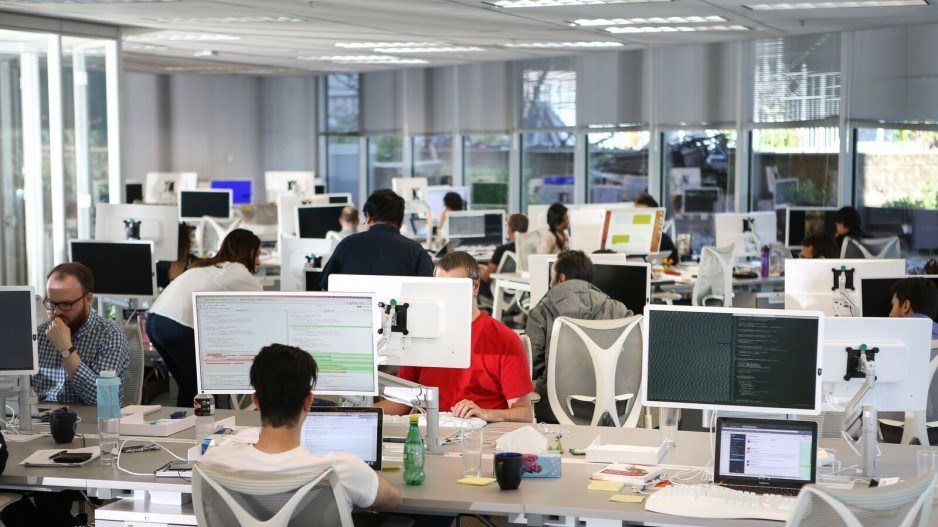Initiatives developing everything from portable ultrasound devices to novel X-ray software are getting investments from the Digital Technology Supercluster in the fight against COVID-19.
The program has earmarked $60 million from its $153 million budget to develop partnerships across its networks to address issues brought on by the pandemic.
The B.C.-based supercluster revealed Tuesday (May 26) seven more projects have been approved for funding in addition to the four that were announced last month.
Among the funding recipients is the xrAI (pronounced “X-ray”) project led by 1QB Information Technologies Inc. (1QBit), a quantum-computing software company based in Vancouver.
The company had developed a chest radiology tool that examines X-ray images and highlights abnormalities for physicians, helping them better identify patients with respiratory complications such as SARS, pneumonia and tuberculosis.
“Most people with coronavirus are dying from pneumonias, and so if you look at it and you can identify pneumonia then your capability to triage that patient appropriately and to aggressively provide treatment changes,” 1QBit chief medical officer Deepak Kaura, a pediatric radiologist, told Business in Vancouver last month.
Following expedited clinical trials in Saskatchewan in March, 1QBit submitted its image-recognition software to Health Canada and got the greenlight in eight days.
Another supercluster-funded project, Point-of-Care Ultrasound for COVID-19, is being led by Providence Health Care.
While xrAI is focused on software, the other projects is focused on hardware.
It’s using handheld ultrasound devices powered by artificial intelligence to provide real-time diagnosis of patients with pneumonia potentially caused by the novel coronavirus.
The remaining five projects most recently approved are:
· Protecting Canadians by Predicting the Evolution of COVID-19 (led by Terramera Inc.): “This project brings together a select group of world-class artificial intelligence, computer modelling, and structural biology researchers to forecast changes to the virus so we can pre-design tests, therapies and vaccines to manage future outbreaks.”
· Thunderbird: Rapid Antibody Design using AI [led by Variational AI Inc., Zymeworks Inc. (TSX:ZYME)]: “This project will use artificial intelligence to fast-track the complex task of developing antibodies required for a vaccine and effective treatments for COVID-19.”
· Rapid Deployment of Emergency Case Management (led by Careteam Technologies Inc.): “This project will provide remote monitoring and virtual care, including rapid referral to required services.”
· Improving ICU Capacity During COVID-19 Outbreaks (led by Altis Labs): “This project will develop software that predicts patients’ risk of ICU admission and expected length of ICU stay based on patients’ medical imaging.”
· Providing Safe and Effective Home Care During COVID-19 (led by AlayaCare Inc.): “This project will significantly increase the functionality of AlayaCare’s existing digital toolkit and accelerate the ability to deliver the COVID-19 specific functionality, including scheduling algorithms, employee and patient pre-screening, and alerting service providers in real-time about symptomatic employees or patients.”
These efforts come after Ottawa mandated in March that the nation’s five superclusters reach out to their 1,800 members to come up with ways to tackle COVID-19.
Since then, the Digital Technology Supercluster is in the midst of reviewing more than 300 submissions from its 500 members.
Prior to the pandemic, the Digital Technology Supercluster already had $153 million earmarked from Ottawa to stoke private industry and post-secondary collaborations on digital products that can be commercialized.
Partner organizations must also contribute to the cost of developing such products.
The supercluster had 30 projects in the works prior to the call from government.




